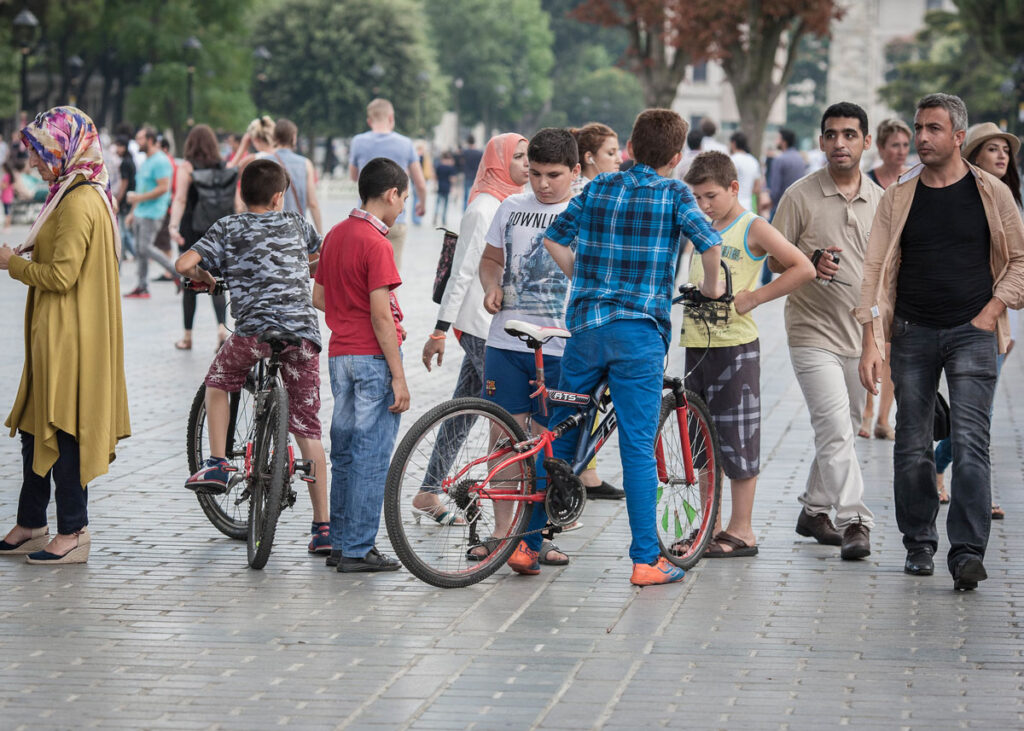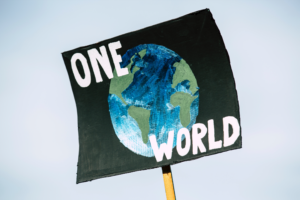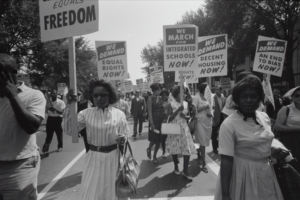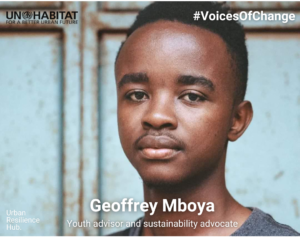Six years ago, in the same week of October, the United Nations held the UN Conference on Housing and Sustainable Urban Development (Habitat III) in Quito, Ecuador, where the New Urban Agenda was adopted.
At a time when climate emergencies, COVID pandemic and escalating conflicts have reversed years of progress and are pushing more people into poverty, a number of questions face us. So we decided to interview Rosa Suriñach, former Communications Coordinator of the Habitat III Secretariat and, nowadays, Coordinator of Partnerships, Advocacy and Outreach of the City Resilience Global Programme of UN-Habitat based in Barcelona.
Let’s start with something light. What did it mean to be part of the group that led the process that created the NUA?
I was lucky to participate in one of the most relevant processes at a global level in the development of our planet—creating a global consensus to shape and commit to changing the course of cities and urban areas.
NUA was a tipping point in the history of urbanisation—the result of a process to transform the vision of cities as generators of opportunities and prosperity. We developed together a shared vision for a better and more sustainable future.
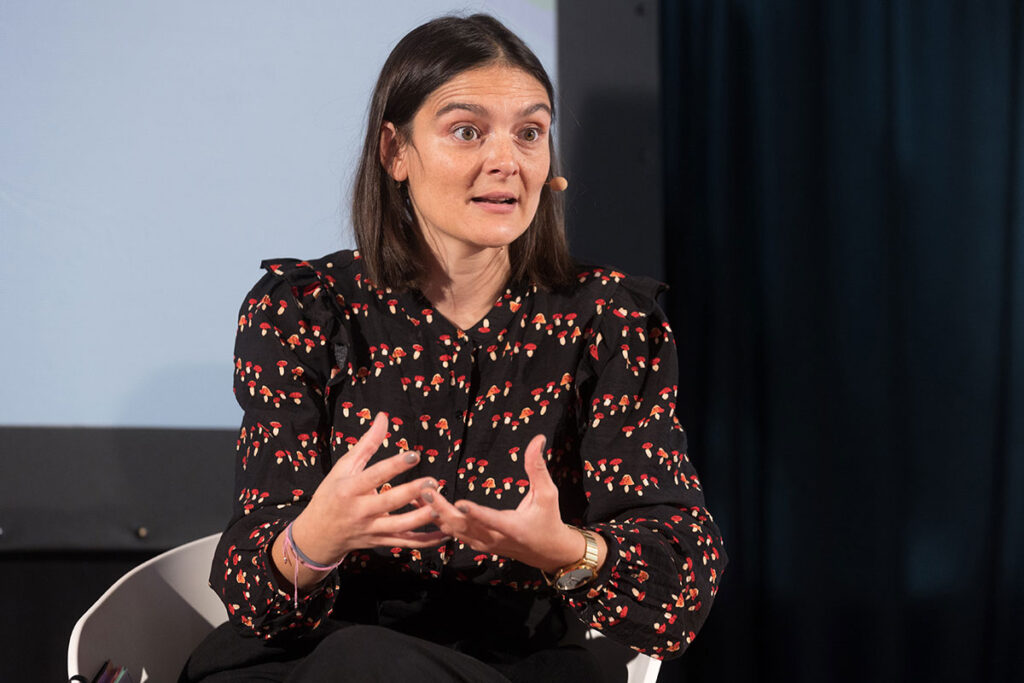
Image: Rosa Suriñach, advocacy, outreach and partnerships expert at UN-Habitat © City Resilience Global Programme.
We are witnessing the emergence of newly poor people due to the intersecting crises of COVID-19, the climate emergency, rising conflicts and economic insecurity. Is it still relevant to implement NUA in this new reality?
The short answer is yes, now more than ever. The overall principle of the NUA is that well-planned and well-managed urbanisation is a powerful tool for sustainable development for both developing and developed countries.
We are all familiar with the fact that more than half of the population lives in cities. And we know this migration from rural to urban areas will continue to grow, especially in developing countries. Urban areas will be the home of around 6 million people by 2050.
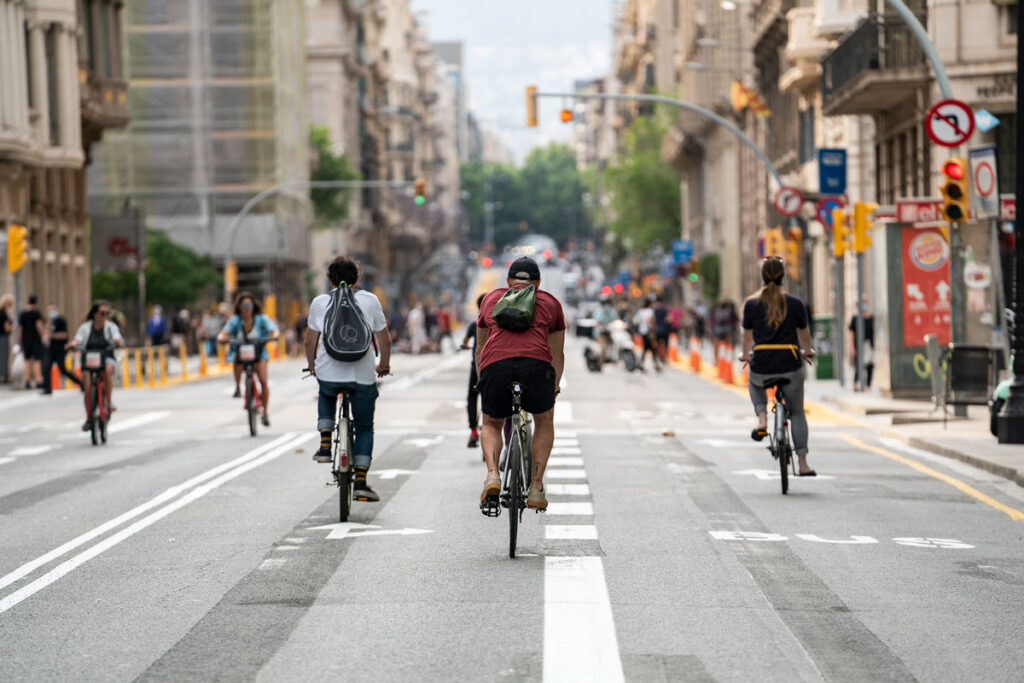
Image: The New Urban Agenda places emphasis on effective implementation at the local level and on the role of local governments © Martí Petit.
Reaching a balance between urban and rural is virtually impossible as people look for opportunities and find them when meeting more people. This point where urbanisation and development mix and evidence that one cannot exist without the other marks a paradigm shift. UN-Habitat estimates that up to 163 million have lost their income, lack decent housing and cannot access basic services. These newly poor people now live in cities and urban areas, making urban poverty and inequality a global priority to tackle.
The pandemic caused the first rise in extreme poverty in two decades and dealt major setbacks in our 2030 targets—adding urgency to implementing the New Urban Agenda as 65% of the SDG targets depend on action in cities. We must calibrate urban systems as drivers for global development now more than ever.
So, with the New Urban Agenda, we have the knowledge required to turn this situation around. How do we start that calibration?
Building urban resilience is the first step for building a sustainable urban future. A resilience lens introduces systems thinking to the way we see and plan cities and metropolises. Combined with technology and contextualised data, resilience allows us to diagnose the performance of the multiple systems that make up a city or a metropolis. That evidence helps us integrate and mobilise the multiple actors of a city to define priorities and actions for building resilience.
Cities and metropolitan spaces face shocks like COVID-19 and challenges like climate change. When one of these threats impacts the urban system, it affects people, assets and processes. Chronic stresses like poverty make the urban system more fragile, making it harder for cities to adapt and recover. By building economic, social and climate resilience, we prepare urban systems for shocks and reduce chronic stresses.
When building social resilience, for example, local governments recognise the importance of human and social capacities to access and make use of resources and services, adapt, collaborate, express themselves, and participate in decision-making.
Can we accelerate that transformation?
With everyone on board, yes. We know that we have the knowledge, so now we must come together to scale up action for building local skills and getting the resources required to turn this situation around. That drives our collaboration with Metropolis—acting at a metropolitan scale helps us reach people faster. Metropolitan resilience facilitates governance which ultimately contributes to a balanced territorial development that brings together the needs of communities, the possibilities of technology, and the local capacity without the constraints caused by administrative boundaries and across the urban-rural continuum.
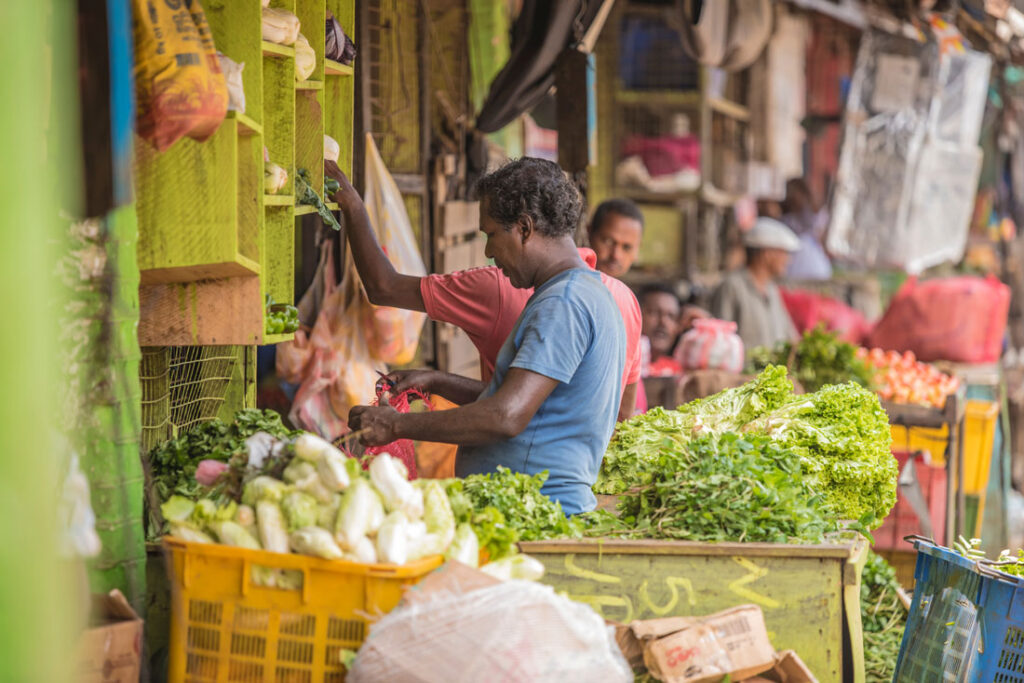
Image: Urban practitioners around the world continue to face complex challenges in managing their urban development process and caring for their most vulnerable residents © Martina Pellecchia.
Our recent contribution to the Metropolitan movement are the resilience infographics of the 3 dimensions of resilience: social, economic and climate. The infographics share key concepts for local and regional governments to build urban resilience.
Thank you, Rosa.
Interview first published by Metropolis

